[tweetshare tweet=”I’m a Christian. And until the day when the world automatically understands that to mean that I believe in the full humanity and personhood of both men and women, you can also call me a feminist. -Sarah Bessey” username=”deidrehavrelock”]
As a First Nations woman who watched her grandmother relentlessly work (for over 20 years) to change the law in Canada in regards to Indian women being considered actual persons, these words of Sarah Bessey’s are my words too. In fact, the eerie reality that women throughout the world share is this insane struggle to become accepted as persons in their own right. And I would argue that this struggle of ours is not just a physical reality but it is also a spiritual fight “against the rulers, against the authorities, against the cosmic powers of this present darkness, against the spiritual forces of evil in the heavenly places” (Eph 6:12). I would even argue that by watching women fight to release their very personhood: their voice, their dreams, their authority — the divine revelation of who they are — we are made witness to God’s outpouring of victory over the deceiver.
Persons and NON-Persons
As a First Nations woman in Canada, I became a person in the year 1985. That’s not too long ago. I was 15 years old. At the time, I didn’t really understand that my very own rather modern, developed country didn’t view me as a person. If someone had told me this, I don’t know if I would have completely believed them. I mean, obviously I was a person, right? I had my own thoughts. I could communicate my ideas. I had a will. What more did I need? Well strangely enough, what I needed was a man. Yes, that’s right. A man. Under Canada’s Indian Act, only Indian men were actual persons. I became a “person” (so-to-speak) through the man I married. Unfortunately, I didn’t understand any of this back then. However, my lovely kokum certainly did.
Take a moment to let this really sink in. Imagine, if you can, what it feels like to be a “non-person” such as my grandmother and those who fought with her felt. While the men around you got certain rights, titles, freedoms and money you were forced by law to adhere to a whole different standard. It didn’t matter that you could form ideas, or exercise your will, or be exceptionally brave, enormously creative, or deeply intelligent because none of these inherent attributes could magically turn you into a person because… well, you were a woman. You were different. You were a NON-Person.
By 1876 the Government of Canada introduced the first Indian Act. It defined an “official Indian” as “any male person of Indian blood reputed to belong to a band, any child of such a person and any woman lawfully married to such a person.” Because of this act, the only Indian person that actually existed in Canada was that of a male Indian. Women were classified “Indian” only in relation to the person of their husband or father. –Deidre Havrelock
Under Canadian law my grandmother could most certainly vote in provincial and federal elections and she could even run for Senate because she became a “person” within this realm in the year 1929 due to the relentless work of… you guessed it — women:
In Canada, the British North America Act (BNA Act) of 1867 set out the powers and responsibilities of the provinces and of the federal government. The Act used the word “persons” when referring to more than one person and “he” when referring to one person. Many argued the Act implicitly stated that only a man could be a person, which prevented women from participating fully in politics or affairs of state.
Governments also used the “persons” argument to keep women out of important positions. If the word “person” applied only to men, then the stipulation that only “qualified persons” could be appointed to the Senate of Canada meant that only men could be appointed.
In 1927, five women – who have since become known as the Famous Five – launched a legal challenge that would mark a turning point for equality rights in Canada. Emily Murphy, Nellie McClung, Louise McKinney, Irene Parlby and Henrietta Muir Edwards were journalists, politicians, reformers and activists from Alberta who asked the Supreme Court of Canada to answer the following question: does the word “person” in Section 24 of the BNA Act include female persons? After five weeks of debate, the Supreme Court decided that the word “person” did not include women.
Although shocked by the Court’s decision, the Famous Five did not give up the fight and took their case to the Judicial Committee of the Privy Council of Great Britain in London, which was then Canada’s highest court of appeal.
On October 18, 1929, Lord Sankey, Lord Chancellor of Great Britain, announced the decision:
“The exclusion of women from all public offices is a relic of days more barbarous than ours. And to those who would ask why the word ‘person’ should include females, the obvious answer is, why should it not?”
The Famous Five were all from Alberta as is my grandmother and myself (what’s with Alberta and feminism, eh?). However, unlike the Famous Five under Indian law my grandmother was NOT a person. Therefore, if she dared to marry a non-Indian man she completely forfeited her right to be an Indian. After all, it was the woman’s responsibility to become whatever nationality her husband was because he was the true person. Women were merely an appendage looking for a valid person to adhere herself to.
The fact that I wasn’t legally a person under, specifically, the Indian Act never occurred to me despite the fact that I was watching my grandmother persistently petition the Canadian government in order to change the law. I mean, I knew my grandmother was working to reinstate women who had been struck from band membership lists (losing Indian status) due to the fact that they had married “non-Indian” men, but I didn’t understand the scope of her fight. (F.Y.I. take note that my grandfather was not exactly non-Indian; he had also lost his Indian status. He has since been reinstated.)
Well, my grandmother (Nellie Mildred Makokis Carlson) eventually won her fight in 1985 by amending the Indian Act through Bill C-31. (However, not all the In 1988 she was awarded the Governor Generals Award for her work in advancing gender equality.
Looking back on — as well as watching firsthand — the struggle of women in Canada to prove themselves to be actual “persons” and, therefore, inherently worthy of “ruling alongside men” has no doubt been the catalyst for my work in seeking to restore Eve and all her daughters to their rightful place of authority alongside Adam. My grandmother’s work is what first got me thinking: What on earth is going on with women? And how does this battle for personhood relate to the spiritual realm?
God Created Women “for” Men
I’m currently writing a book about Eve and her daughters (that’s why I haven’t been blogging lately). And it’s taken me into some pretty dark places in terms of how the church views women. One of the things I’ve learned through my writing journey is that the church does not view women as actual persons. And when I say the “church” I’m talking about those who create, control, and teach our theology. Woman’s lack of personhood stems, I believe, from two highly misunderstood verses in the Bible:
- “[man] is the image and reflection of God; but woman is the reflection of man” (NRSV, 1 Cor. 11:7).
- “the man was not created for the woman. The woman was created for the man” (NIRV, 1 Corinthians 11:9)
A quick look into the mind of a popular teacher of our time gives us an understanding of how the church interprets woman being created “for the man.”
[Adam] was incomplete without someone to complement him in fulfilling the task of filing, multiplying, and taking dominion over the earth. This points to Adam’s inadequacy, not Eve’s insufficiency. Woman was made by God to meet man’s deficiency. –The MacArthur Bible Commentary
Man is the image and glory of God, and the woman is the glory of man. She finds a reflected glory. It’s as if he would say the man is the sun and the woman is the moon who shines because of the brightness of the man shining on her. For man…created order supports this, [1 Cor. 11] verse 8 and 9, “The man does not originate from woman but woman from man, for indeed man was not created for the woman’s sake but woman for the man’s sake.” –John MacArthur[1]
In this traditional view (often referred to as “complementarianism”) Eve is there to fulfill what Adam is not. And as such, we see Eve as an extension of Adam’s person. Eve exists to complete what Adam lacks (as though he truly is missing an appendage). In other words, she is there to meet his deficiencies or his limitations and we quote 1 Corinthians 11:9 to support this theology: “The man was not created for the woman. The woman was created for the man” (NIRV, italics mine). It is as though God expanded the person of Adam through the feminine Eve. The Expository Outlines on the Old Testament describes the word “helpmeet” in this succinct way: “The word ‘helpmeet’ refers to helper: one that meets his needs.”
In this completely androcentric view, Eve becomes the one who meets Adam’s needs based on what he cannot, is not, or should not do. And as such, it is only through the man that Eve is made both whole and functional. Because of this teaching, Eve (and women in general) are not thought to be fully formed reflections of God: “Man is the image and glory of God [the one true image] … She finds a reflected glory”(John MacArthur). Due to this lopsided theology, woman becomes the image of God only through the man as Bruce Ware explains, “Man is a human being made in the image of God first; woman becomes a human being bearing the image of God only through the man.”[2] In this sense, “personhood” and “image of God” are interchangeable.
To some theologians, woman is quite literally secondary. And tragically, when only one person is viewed as legitimately “representing God” and the other person is a “non-image” or a “secondary image,” existing merely to assist and support the first image in ruling then sadly the non-image or lesser image will be left to serve and obey according to the perceived needs of the one who believes themselves to be the legitimate image bearer.
Eve is NOT an Extension of Adam — She is a Revelation of God, Herself
However, regardless of what tradition teaches us, we should actually be viewing Eve as an extension of God (not Adam). In this case, Eve is not there to meet the perceived deficiencies or needs of Adam; rather, she is there to introduce a new revelation of God. And as such, she is divinely appointed to fulfill the purposes of God (in regard to Adam).
“And Jehovah God saith, ‘Not good for the man to be alone, I do make to him an helper—as his counterpart.’” –Gen. 2:18, Young’s Literal Translation
- Adam is alone.
- This is bad!
- He needs help.
- I will make a counterpart.
In other words, God wants to help Adam and so Eve is created (for the sake of Adam’s problem). In this sense, Eve is created as an extension (not of Adam) but of God, Herself… for the sake of Adam. Suddenly Eve is no longer androcentric. Instead, she is now God-centric and her purpose becomes not so much about what the man wants, envisions, or expects Eve to be in order to meet his perceived needs or shortcomings, but she instead becomes what God has divinely purposed her for. When Eve becomes an extension of God (or a revelation of God all in herself), she is transformed into “Adam’s corresponding partner” based on the fact that she, just like Adam, represents God.
Eve truly is a direct and original revelation of God, and as such she has a new perspective to share with Adam (if he chooses to learn from her), one that can further illuminate the nature of God. She becomes a sharer of her thoughts, her observations, her joys, her purposes, her mission as God’s representative. In this view, Eve (despite the fact that she looks slightly different—remember looks can be deceiving) is the one who is identical to Adam (in that she also is a divine representation of God) and is, therefore, able to stand opposite him. She is able to look Adam in the eye in a face-to-face relationship because just like Adam, she too represents God—which is exactly the type of help you need when things get bad! Think about it this way, if Adam were a dimension of God, Eve is a parallel dimension all in herself. There is simply not an image of God that is more legitimate than the other.
So if you think the battle for woman’s “personhood” is over, best think again. There is still considerable work to do. And I would argue much of that work needs to be done within the church. As Christians, we need to change the way we perceive and speak about women as non-images or lesser images of God, made “for” the men. Women are legitimate images of God, created whole and functional by God as a serious and powerful authority to help men — especially in times of trouble.
[tweetshare tweet=”Watching First Nations women in Canada fight to prove themselves to be actual PERSONS, inherently worthy of ruling alongside men has been the catalyst for my work in restoring Eve to her place of authority.” username=”deidrehavrelock”]
GO TO Eve, The Powerful Helper
[1] John MacArthur, “God’s Pattern for Wives: Part 1” (Oct. 27, 2000), downloaded from The Council of Biblical Manhood and Womanhood. https://cbmw.org/uncategorized/gods-pattern-for-wives-part-1/
[2] Bruce Ware, “Male and Female Complementarity and the Image of God” in Biblical Foundations for Manhood and Womanhood.

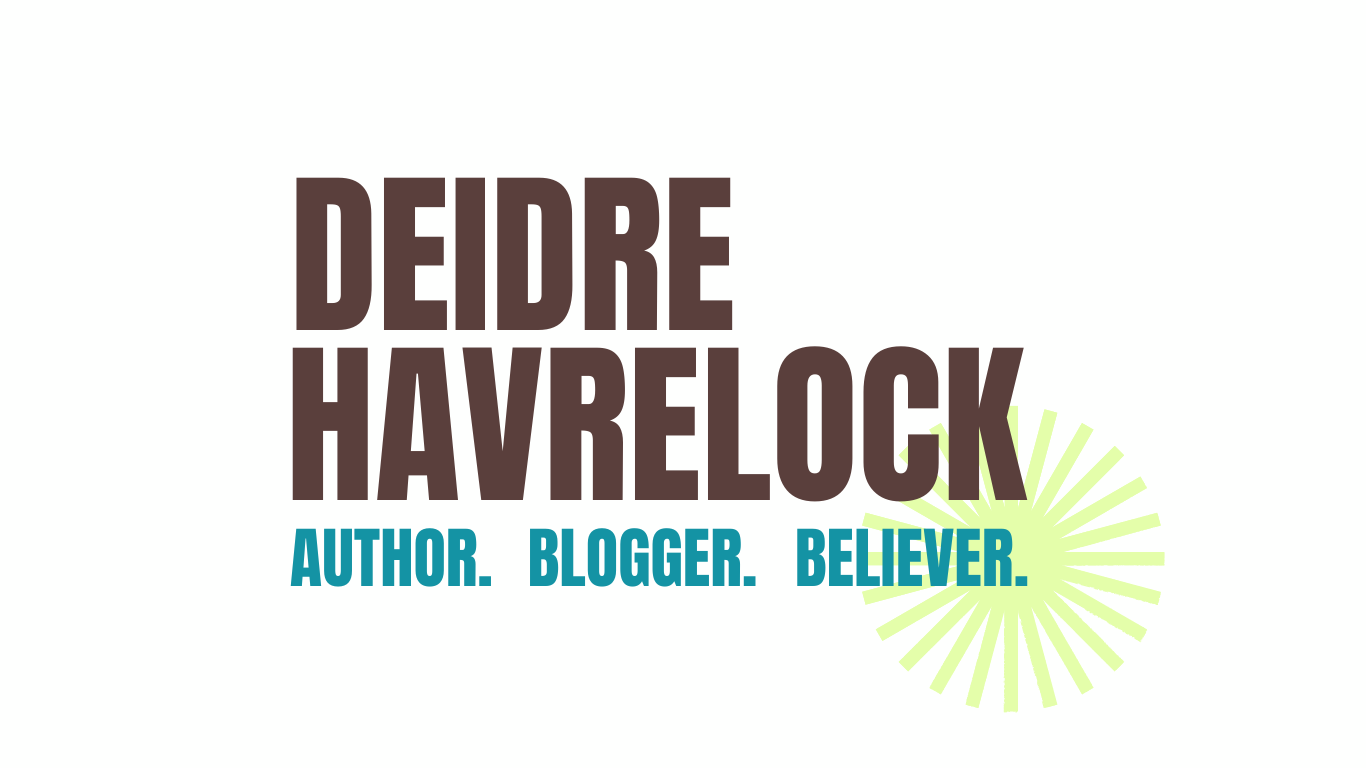
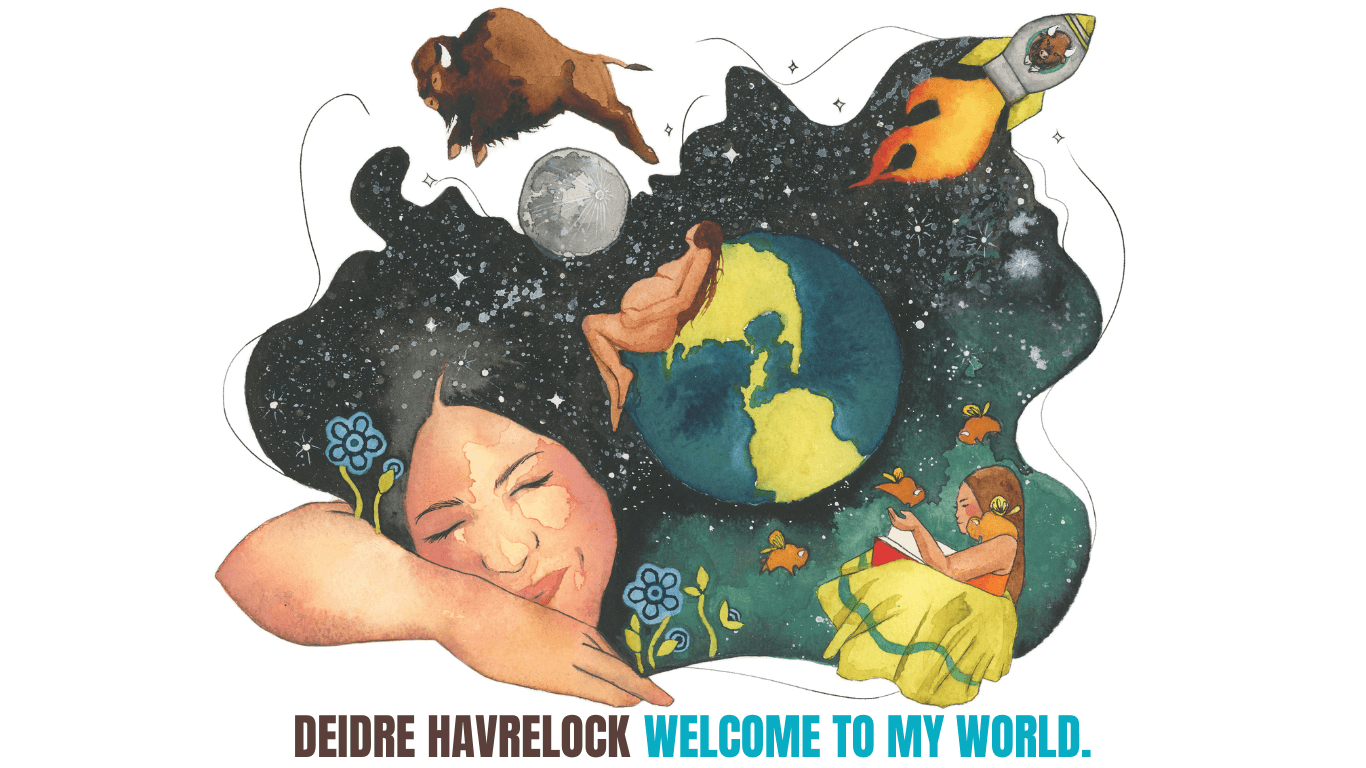
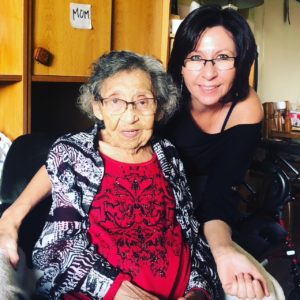
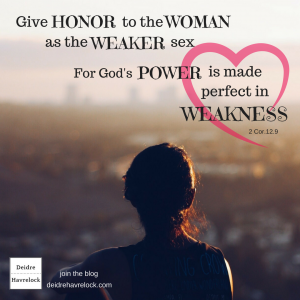
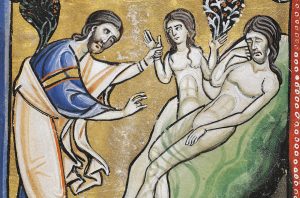
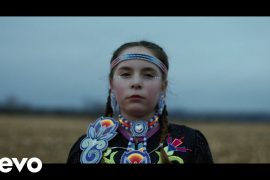
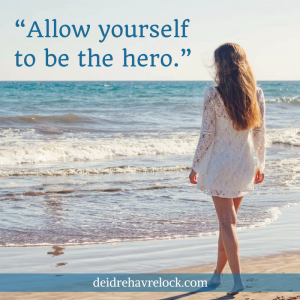
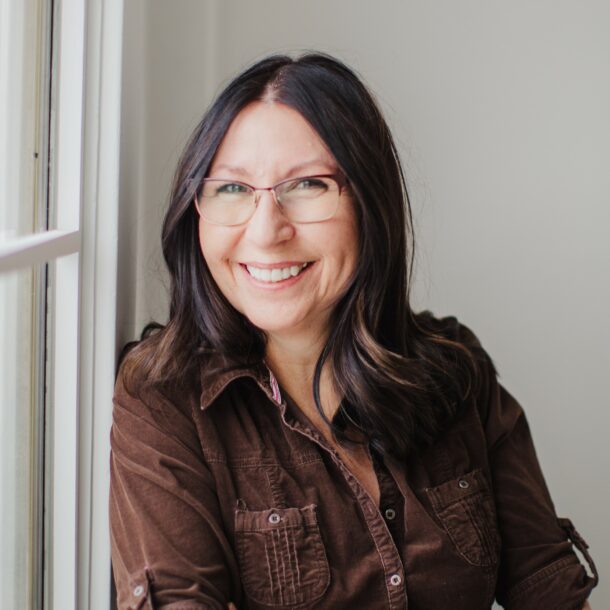
Great insights!!
I think the tendency to define the status of First Nation women through a man maybe because many tribes were traditionally matrilocal, matrilineal, and matrilocal with women having a lot of power. Patriarchal whites take over and tried to dismantle this system like what has happened in ancient Europe and other parts of the world as pointed out by Katharine Bushnell a reversal of the marriage mandate of Gen. 2: 24 which clearly shows God’s law started out a matrilocal. Here in the states where I live we have the Iroquois nation which still defines a child through the maternal clan (although naming maybe patrilineal) so it has been a struggle for Iroquois women to be recognized as representative of their people over the centuries although not sure if it was all about personhood. Very good insights in this post.
Yes, I certainly agree with you, Shoshana. Thanks so much for stopping by and taking the time to read my blog!
I thought of this post again when I ran across an article that described Susan B. Anthony’s challenge in the American content that women were “non-persons”, a term used by judges to explain why women couldn’t vote. Susan B. Anthony, on trial for illegal voting, said the US constitution said, “We the people…”, not “we the white male citizens..” or “we the male citizens..”, so women should indeed be considered persons. It goes to show the universal struggle women have had in all cultures, countries, races, etc. to be seen as “persons”. And non-white women are in a double bind due to race and sexism. The whole denying women of personhood thing is a demonic trap to keep women from seeing who they really are in God.